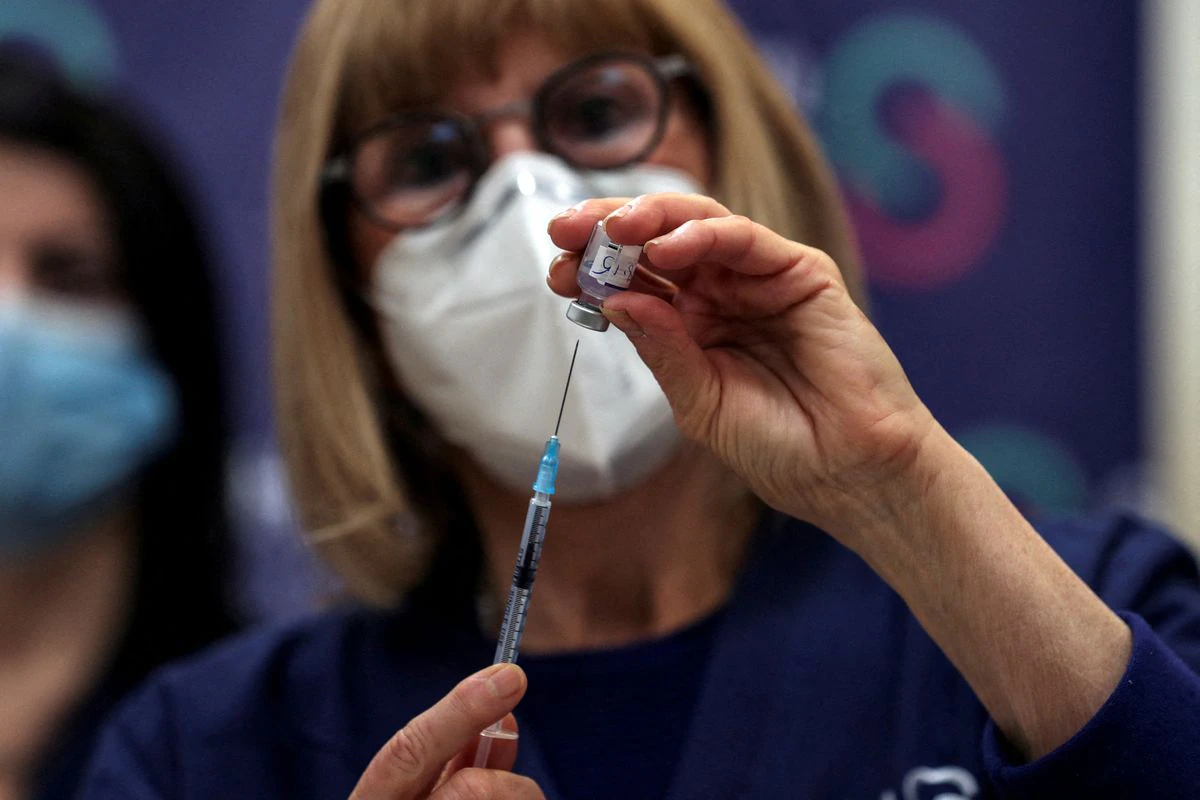Indian factory growth eased for second month in July, but kept healthy pace
Bengaluru (Reuters) – Growth in India’s manufacturing activity eased in July for a second month, with some moderation in output and new orders, although the pace of expansion remained healthy, a private business survey showed on Tuesday.
The sector has remained resilient despite declines in manufacturing activity in other major producers, suggesting Asia’s third-largest economy is still on robust footing.
The Manufacturing Purchasing Managers’ Index (INPMI=ECI), compiled by S&P Global, dipped to 57.7 last month from June’s 57.8 but was slightly higher than the Reuters poll expectation for 57.0.
Still, the reading marked over two years of the index being above the 50-mark, which separates expansion from contraction.
“The … sector has maintained its position as one of the star performers globally, bucking the trend of demand weakness seen in other parts of the world,” noted Andrew Harker, economics director at S&P Global Market Intelligence.
“The Indian manufacturing sector showed little sign of losing growth momentum in July as production lines continued to motor on the back of strong new order growth.”
New orders remained robust in July, and while output growth moderated to a three-month low it remained strong.
Foreign demand stoked exports at the fastest pace since November. Firms expected activity to stay elevated over the coming year and the future output sub-index remained high at 65.3, albeit slightly lower than in June.
That optimism encouraged firms to hire more workers last month.
“Pressure continued to come on capacity, prompting firms to expand employment solidly again, a trend that is likely to continue in the months ahead should demand remain strong,” added Harker.
With input prices rising at the quickest pace since October, output prices also rose, but at a slower pace compared with the previous month, highlighting uncertainty regarding inflation.
Annual retail inflation rose to 4.81% in June – snapping four months of easing – and is expected to increase over coming months, pushing markets to anticipate the Reserve Bank of India will keep its key policy rate high for a longer period.



